新書推薦:
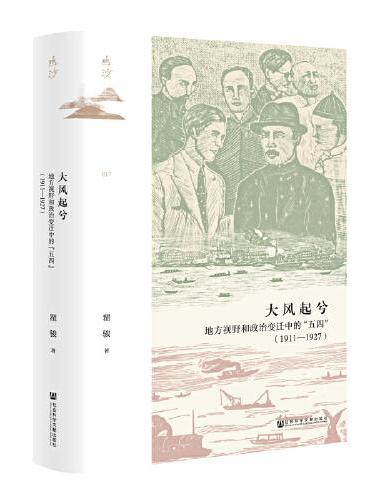
《
鸣沙丛书·大风起兮:地方视野和政治变迁中的“五四”(1911~1927)
》
售價:NT$
454.0

《
海洋、岛屿和革命:当南方遭遇帝国(文明的另一种声音)
》
售價:NT$
485.0
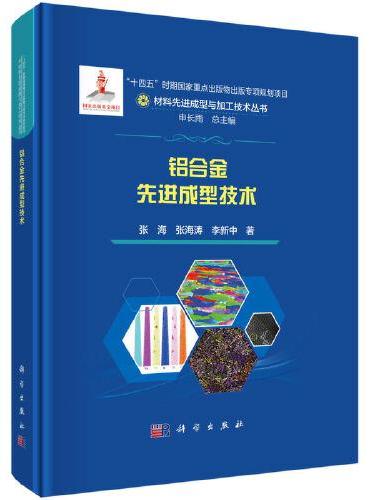
《
铝合金先进成型技术
》
售價:NT$
1214.0

《
英雄之旅:把人生活成一个好故事
》
售價:NT$
398.0
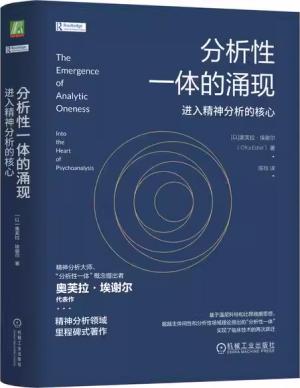
《
分析性一体的涌现:进入精神分析的核心
》
售價:NT$
556.0
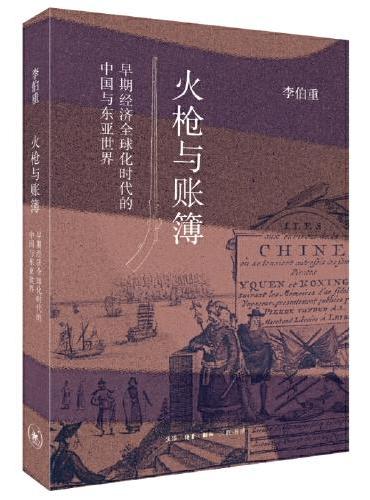
《
火枪与账簿:早期经济全球化时代的中国与东亚世界
》
售價:NT$
352.0
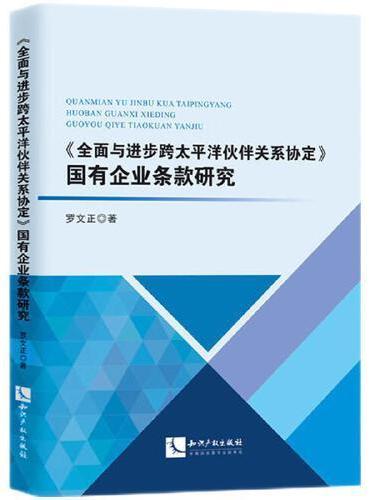
《
《全面与进步跨太平洋伙伴关系协定》国有企业条款研究
》
售價:NT$
449.0
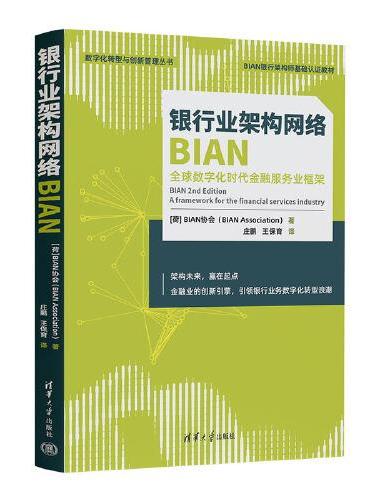
《
银行业架构网络BIAN(全球数字化时代金融服务业框架)(数字化转型与创新管理丛书)
》
售價:NT$
449.0
|
| 內容簡介: |
每一个满怀抱负的有机化学家都尝试写出合理的有机反应机理,然而市面上的有关机理正确书写的书籍却寥寥无几。《有机反应机理的书写艺术》将帮助学生和科研人员提高这一重要技能。《有机反应机理的书写艺术》的突出特点体现在:正确的书写形式,“常见错误提示”,配以大量的难度适宜的问题。其另一个特色是包含过渡金属参与或催化的反应章节。相对新的课题,例如,烯烃复分解反应、芳香环化反应等在本《有机反应机理的书写艺术》均有所涉及。
全新修订的第2版精彩呈现:更新的反应机理,芳香性的讨论,酸性,立体化学的拓展,重新组织了自由基反应和金属参与或催化的反应等内容,增加了新的问题。
|
| 目錄:
|
Contents
Preface to the Student v
Preface to the Instructor ix
1 The Basics 1
1.1 Structure and Stability of Organic Compounds 1
1.1.1 Conventions of Drawing Structures; Grossmans Rule 1
1.1.2 Lewis Structures; Resonance Structures 3
1.1.3 Molecular Shape; Hybridization 9
1.2 BrOnsted Acidity and Basicity 16
1.3 Kinetics and Thermodynamics 20
1.4 Getting Started in Drawing a Mechanism 22
1.5 Classes of Overall Transformations 25
1.6 Classes ofMechanisms 26
1.6.1 Polar Mechanisms 27
1.6.2 Free-Radical Mechanisms 38
1.6.3 Pericyclic Mechanisms 41
1.6.4 Transition-Metal-Catalyzed and Mediated -Mechanisms 42
2 Polar Reactions under Basic Conditions50
2.1 Substitution and Elimination at C(sp3)-Bonds, Part I 50
2.1.1 Substitution by the SN2 Mechanism 51
2.1.2 β-Elimination by the E2 and Elcb Mechanisms 53
2.1.3 Predicting Substitution vs Elimination 56
2.2 Addition of Nucleophiles to Electrophilic 7r Bonds 58
2.2.1 Addition to Carbonyl Compounds 58
2.2.2 Conjugate Addition; The Michael Reaction 67
2.3 Substitution at C(sp2)-X u Bonds 69
2.3.1 Substitution at Carbonyl C 69
2.3.2 Substitution at Alkenyl and Aryl C 74
2.3.3 Metallnsertion; Halogen-Metal Exchange 78
2.4 Substitution and Elimination at C(sp3)-X cr Bonds, Part II 80
2.4.1 Substitution by the SRNl Mechanism 80
2.4.2 Substitution by the Elimination-Addition Mechanism 81
2.4.3 Substitution by the One-Electron Transfer Mechanism 82
2.4.4 Metallnsertion; Halogen-Metal Exchange 83
2.4.5 α-Elimination; Generation and Reactions of Carbenes 84
2.5 Base-Promoted Rearrangements 87
2.5.1 Migration from C to C 88
2.5.2 Migration from C to O or N 90
2.5.3 Migration from B to C or O 91
2.6 Two Multistep Reactions 92
2.6.1 The Swern Oxidation 92
2.6.2 The Mitsunobu Reaction 94
3 Polar Reactions Under Acidic Conditions105
3.1.1 Carbocation Stability 106
3.1.2 Carbocation Generation; The Role of Protonation 109
3.1.3 Typical Reactions ofCarbocations; Rearrangements 112
3.2 Substitution and p-Elnuination Reactions at C(sp3)-X 117
3.2.1 Substitution by the SNl and SN2 Mechanisms 117
3.2.2 β-Elimination by the El Mechanism 120
3.2.3 Predicting Substitution vs Elimination 122
3.3 Electrophilic Addition to Nucleophilic C=C 7r Bonds 122
3.4 Substitution at Nucleophilic C=C 7r Bonds 125
3.4.1 Electrophilic Aromatic Substitution 125
3.4.2 Aromatic Substitution of Anilines via Diazonium Salts 129
3.4.3 Electrophilic Aliphatic Substitution 131
3.5 Nucleophilic Addition to and Substitution at Electrophilic π Boods 132
3.5.1 Heteroatom Nucleophiles 132
3.5.2 Carbon Nucleophiles 136
4 Pericyclic Reactions 148
4.1.1 Classes ofPericyclic Reactions 148
4.2 Electrocyclic Reactions 156
4.2.1 Typical Reactions 156
4.2.2 Stereospecificity 163
4.2.3 Stereoselectivity 168
4.3 Cycloadditions 170
4.3.1 Typical Reactions 170
4.3.2 Regioselectivity 183
4.3.3 Stereospecificity 184
4.3.4 Stereoselectivity 191
4.4 Sigmatropic Rearrangements 195
4.4.1 TypicalReactions 195
4.4.2 Stereospecificity 201
4.4.3 Stereoselectivity 206
4.5 Ene Reactions 210
5 Free-Radical Reactions 224
5.1.1 Stability 224
5.1.2 Generation from Closed-Shell Species 227
5.1.3 Typical Reactions 232
5.1.4 Chain vs Nonchain Mechanisms 238
5.2 Chain Free-Radical Reactions 239
5.2.1 Substitution Reactions 239
5.2.2 Addition and Fragmentation Reactions 244
5.3 Nonchain Free-Radical Reactions 252
5.3.1 Photochemical Reactions 252
5.3.2 Reductions and Oxidations with Metals 254
5.3.3 Cycloaromatizations 261
5.4 Miscellaneous Radical Reactions 261
5.4.1 1,2-Anionic Rearrangements; Lone-Pairlnversion 261
5.4.2 Triplet Carbenes and Nitrenes 262
6 Transition-Metal-Mediated and -Catalyzed Reactions 270
6.1 Introduction to the Chemistry of Transition Metals 270
6.1.1 Conventions of Drawing Structures 270
6.1.2 Counting Electrons 271
6.1.3 Typical Reactions 276
6.1.4 Stoichiometric vs Catalytic Mechanisms 282
6.2 Addition Reactions 283
6.2.1 Late-Metal-Catalyzed Hydrogenation and Hydrometallation (Pd, Pt, Rh) 283
6.2.2 Hydroformylation (Co, Rh) 286
6.2.3 Hydrozirconation (Zr) 287
6.2.4 Alkene Polymerization (Ti, Zr, Sc, and others) 288
6.2.5 Cyclopropanation, Epoxidation, and Aziridination of Alkenes (Cu, Rh, Mn, Ti) 290
6.2.6 Dihydroxylation and Aminohydroxylation of Alkenes(Os) 292
6.2.7 Nucleophilic Addition to Alkenes and Alkynes (Hg,Pd) 294
6.2.8 Conjugate Addition Reactions (Cu) 297
6.2.9 Reductive Coupling Reactions (Ti, Zr) 297
6.2.10 Pauson-Khand Reaction (Co) 301
6.2.12 Metal-Catalyzed Cycloaddition and Cyclotrimerization (Co, Ni, Rh) 306
6.3 Substitution Reactions 309
6.3.1 Hydrogenolysis (Pd) 309
6.3.2 Carbonylation of Alkyl Halides (Pd, Rh) 311
6.3.4 Coupling Reactions Between Nucleophiles and C(sp2)-X:
|
|










